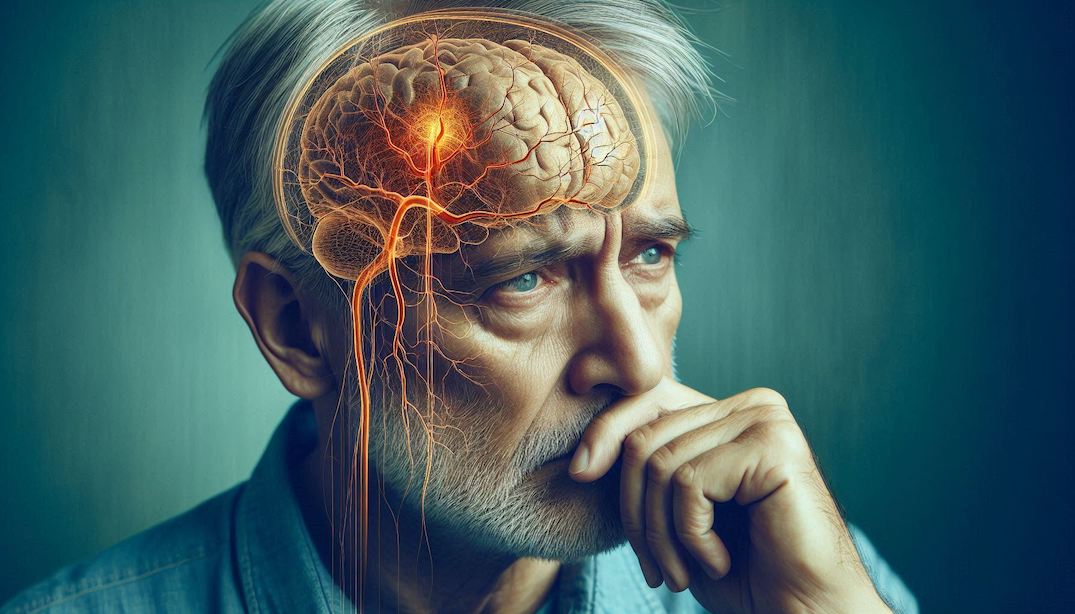
A ministroke, or transient ischemic attack (TIA), is a temporary disruption of blood flow to the brain, spinal cord, or retina that lasts for a short time—typically less than 24 hours—without causing permanent damage. It is a warning sign that a full stroke could happen in the future. Recognizing and addressing a ministroke early can significantly reduce the risk of a more serious stroke later on.
Symptoms and Warning Signs of a Ministroke
The symptoms of a TIA are similar to those of a stroke, but they resolve quickly. Common signs include:
- Sudden weakness or numbness: Often in the face, arm, or leg, particularly on one side of the body.
- Difficulty speaking or understanding speech: Slurred speech or trouble comprehending conversation.
- Sudden vision changes: Loss of vision in one or both eyes, or double vision.
- Dizziness or loss of balance: Trouble walking or coordination issues.
- Sudden confusion: Difficulty thinking clearly or disorientation.
- Severe headache: This is less common in TIAs compared to full strokes.
Seeking Help
If any of these symptoms appear, it’s critical to act fast, even if they resolve quickly. Call emergency services immediately (in the U.S., dial 911) because you can’t distinguish between a TIA and a full-blown stroke until a medical assessment is performed. Getting help within the “golden window” (within 3 hours of symptom onset) is crucial for treatment.
Diagnosis and Treatment to Prevent a Stroke
- Diagnosis:
- Medical history and physical exam: A doctor will ask about your symptoms and check for signs of a ministroke.
- Brain imaging: CT scans or MRIs are used to confirm if a stroke or TIA occurred and assess for any brain damage.
- Blood tests: These are used to check cholesterol levels, blood sugar, and clotting factors.
- Carotid ultrasound: This evaluates the arteries in the neck for any blockages or narrowing.
- Echocardiogram: A test to examine the heart for any issues that might cause blood clots to form and travel to the brain.
- Electrocardiogram (ECG): This measures the heart’s electrical activity to detect irregular heart rhythms (such as atrial fibrillation).
- Treatment:
- Antiplatelet medications: Drugs like aspirin or clopidogrel (Plavix) help prevent blood clots.
- Anticoagulants: If you have atrial fibrillation or other clot-related conditions, blood thinners like warfarin or newer agents such as apixaban (Eliquis) may be prescribed.
- Blood pressure management: High blood pressure is a significant risk factor for strokes, so medications may be prescribed to control it.
- Cholesterol-lowering drugs: Statins like atorvastatin (Lipitor) can reduce cholesterol levels and prevent the formation of plaques in the arteries.
- Lifestyle changes: A healthier diet, regular exercise, quitting smoking, and reducing alcohol intake are critical to reducing stroke risk.
- Surgical intervention: In some cases, procedures like carotid endarterectomy (removal of plaque from the carotid arteries) or angioplasty (widening of narrowed arteries) may be required.
Studies and Sources
Several studies highlight the importance of timely intervention after a TIA:
- The EXPRESS Study (2007) found that immediate treatment after a TIA reduced the risk of a major stroke by up to 80% in the following 90 days .
- A study published in the Lancet Neurology (2021) emphasized that early hospital admission after a TIA can drastically lower the risk of subsequent strokes .
- Research by the American Stroke Association suggests that more than 30% of people who have a TIA will eventually have a stroke if they don’t receive appropriate treatment.
By recognizing the warning signs and seeking prompt medical care, people who experience a ministroke can significantly reduce their risk of having a full stroke.
-Nguyễn Duy Khiêm-
